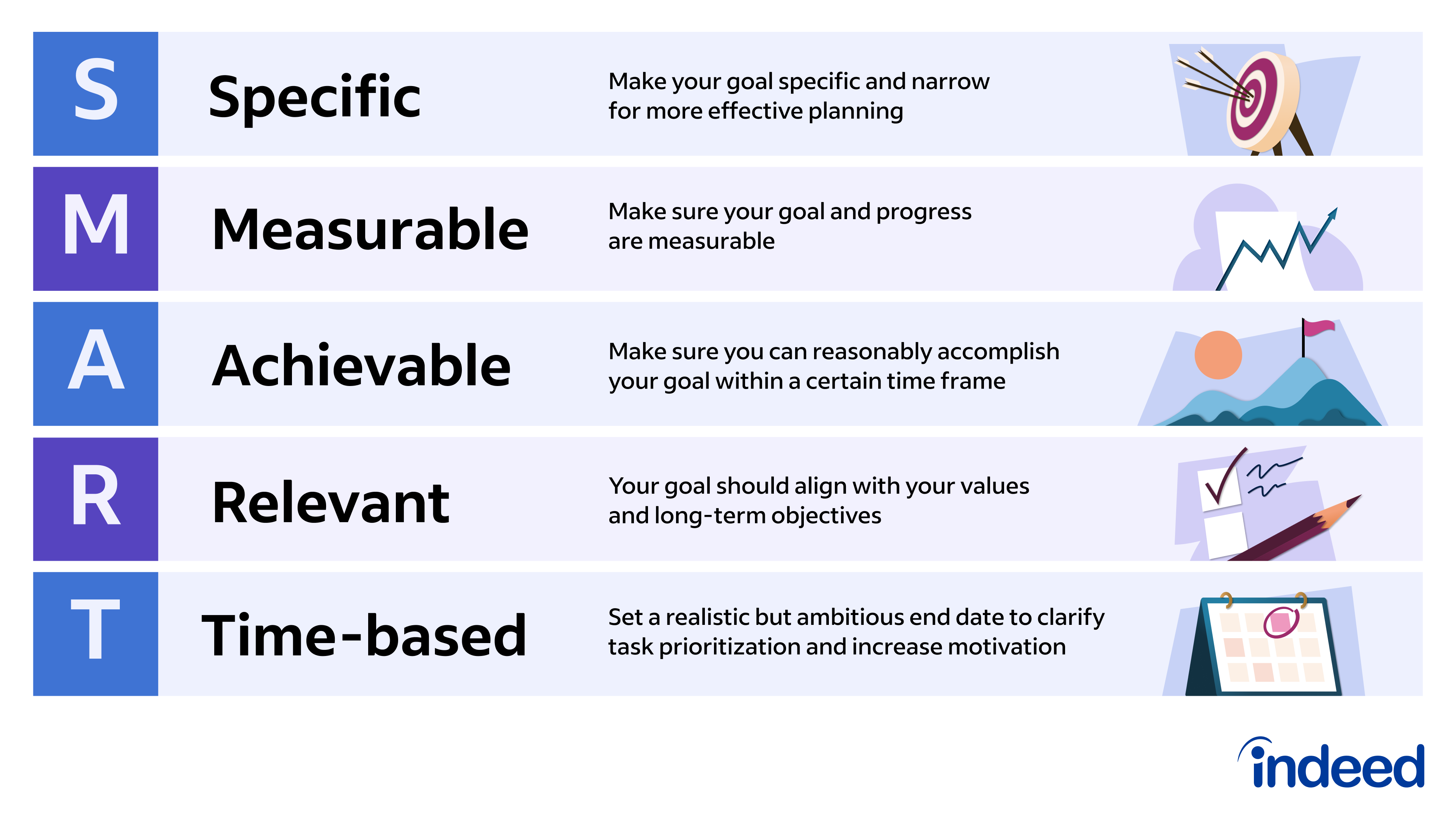
TDD #002: Excel from day one as a Data Analyst
Aug 26, 2023We all want to hit the ground running in a new role.
But companies aren’t great at onboarding, in fact I’d go as far to say they are terrible at it.
If you wait to have information handed to you on a silver platter, it won’t happen.
But in the next 3 minutes, I’ll show you how to take charge and maximise your impact during the first 3 months in a new role.
Let's get stuck in...
Step 1: Get to know your colleagues and stakeholders
Engaging with colleagues and stakeholders is a great way to boost your learning and understanding fast.
They offer you two things:
- They have a wealth of knowledge and experience to tap into.
- If you work well, they will become your promoter raising your profile across the business.
In your first week, identify the high-importance stakeholders and set up 30 minute 1-1 meetings with them.
Go beyond your direct team into other key areas.
Use these meetings is to learn about:
- Priorities
- Expectations
- Challenges
- Knowledge Areas
Or as I like to call it, the PECK framework:
The aim here is to listen and absorb as much as possible.
Step 2: Start building your business knowledge
From your conversations in step 1, identify what you know and what you don't.
Use time with your boss to outline how to plug the knowledge gaps.
If you don't have time with your manager scheduled, take ownership of this.
Set up at least one 30-minute 1-1 meeting per week with them.
To make the most of your time with them get organised:
- Share an agenda 24 hours before the meeting.
- Bring your own solutions to the table.
- Prepare questions you'd like to answer by the end of the session.
Here’s an example of a pre-catch-up email:
"Hi [Manager],
I hope this email finds your well. As our 1-1 meeting is tomorrow, I wanted to make sure we maximise our time together and make our catch up as effective as possible. With that in mind, here's an overview of what I'll be bringing to the meeting:
Agenda for our 1-1:
- Review of Previous Action Items (5 minutes): I'll provide a brief update on the action items from our last meeting, focusing on progress and any challenges I've encountered.
- Challenges and Proposed Solutions (10 minutes): I'll present the challenges I'm currently facing in my role and the potential solutions I've brainstormed. I'd be keen to get your thoughts on the solutions and/or help me come up with a new approach.
- Questions and Discussion Topics (10 minutes) These are the questions I'd like to answer tomorrow to help me with <INSERT TOPIC(S)>:
- - <INSERT QUESTION 1>
- - <INSERT QUESTION 2>
- …
- Any Other Business (AOB) (5 minutes)
Looking forward to catching up tomorrow, and I appreciate your time and support.
Best regards,
[Your Name]"
Step 3: Deliver early wins.
Making yourself a valuable asset to the organisation early on pays dividends long term.
More responsibility, higher priority projects and fast-tracked career progression are just a few.
Check for low-hanging fruit – these are tasks that are relatively easy to tackle but can lead to noticeable improvements.

Often, improving existing processes or fixing small data issues can give you quick wins.
Also, consider collaborating with your colleagues; their insights might guide you towards opportunities you hadn't noticed.
Now the most important bit:
Quantify your impact.
What was the state of play before your input vs after your input.
Example:
"I optimised a data cleaning process using Python which resulted in a 5 hour per week time saving"
Don't forget to journal this somewhere, it will come in handy when you next update your resume.
Step 4 - Start to develop opinions and improvements.
Despite the fact you’re new, your fresh perspective counts for a lot.
Don’t be afraid to put forward your ideas and opinions.
When sharing your opinions, be respectful and back them up with data whenever possible.
Your ideas should align with the company's goals and demonstrate how they can benefit.
By gradually voicing your opinions and suggesting improvements, you'll contribute positively to your team's success while showcasing your analytical prowess.
Step 5 - Planning days 90 - 180
After the first 90 days of learning and adjusting, keep the momentum going by planning the next phase.
Ask questions like:
- What are my biggest gaps at the moment and how can I fill them?
- How can I lead/contribute more?
- What will I prioritise going forward and why?
- What do I not have that I need to do my job better?
Most importantly, set clear, measurable goals.
These goals are like a roadmap, they tell you exactly where to go and what to do.
I like to set SMART targets.
Setting SMART goals means you can clarify your ideas, focus your efforts, use your time and resources productively, and increase your chances of achieving what you set out to.
Share them with your manager and team, they might be able to help and offer guidance.
Here's how to set SMART goals:
You can then repeat this process and, as you become more experienced and knowledgeable, you can start to deliver more and more value to your organisation.
This will make you a highly prized asset.
TL;DR:
- Network and listen.
- Build up your business knowledge.
- Deliver quick wins.
- Put forward your ideas and opinions.
- Plan for the next phase.
Remember - don't let yourself get caught up in the firefighting straight away.
Take your time to create a clear picture.
You will benefit greatly in the long run.

